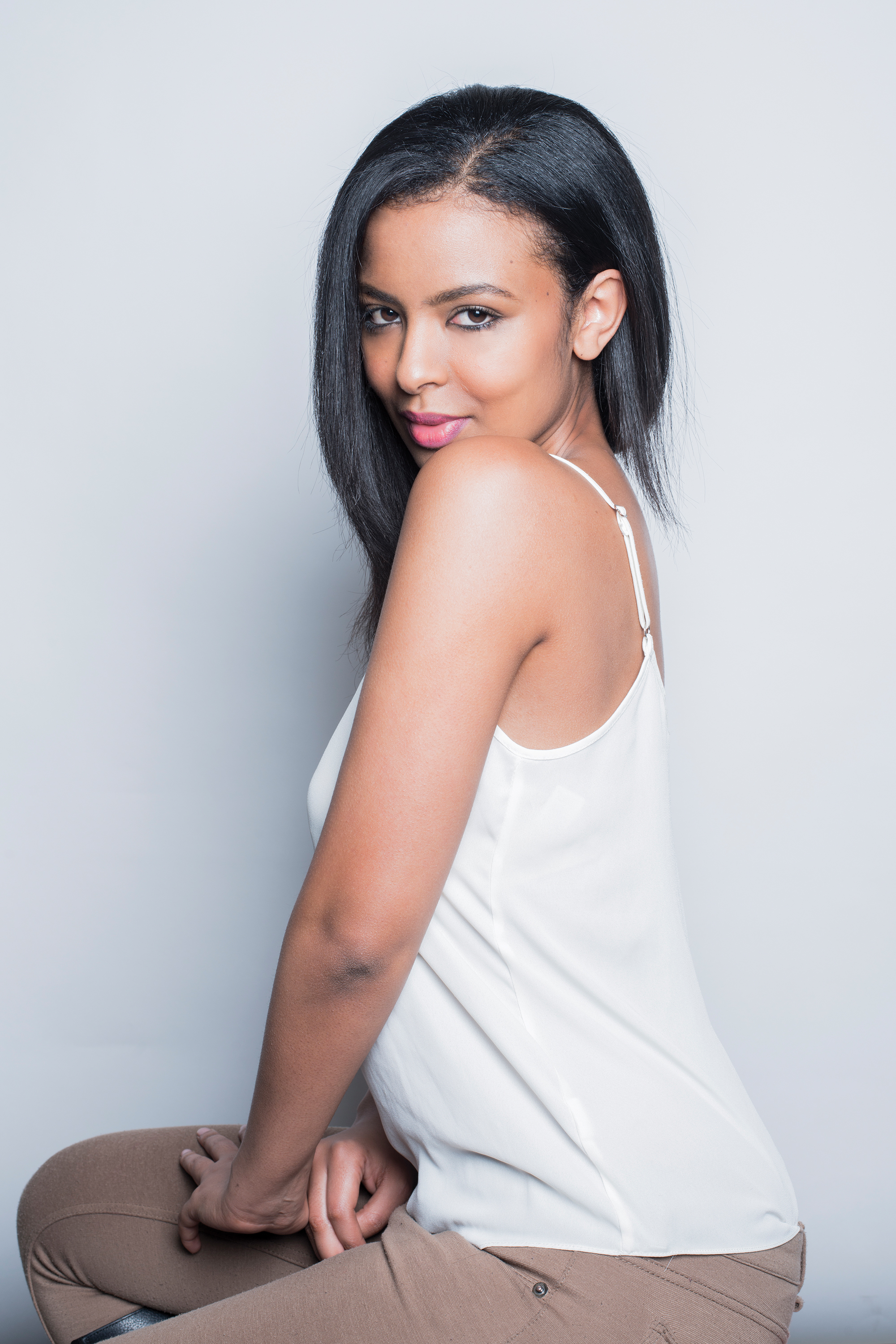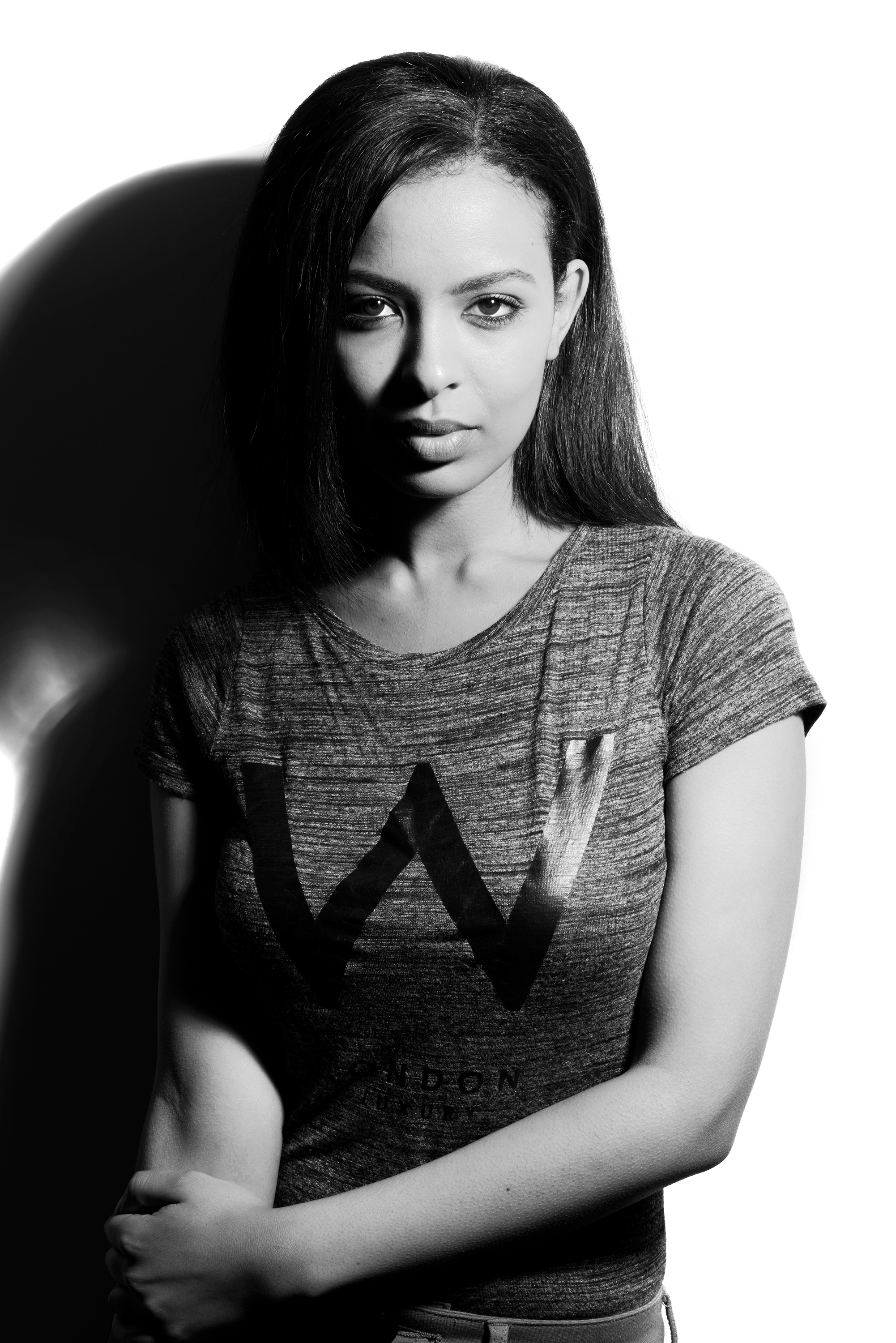Essential one light portrait guide
Simple lighting setups for dramatic effects
Work with a soft and hard light
Because it is a relatively simple setup, it is particularly important that you perfect your exposure and consider the power and quality of the light you are using, as well as learning how to control it for creating different effects.
The power and quality of your light will have a huge impact on the portraits you produce.
It can be defined by two broad categories: hard light and soft light. The quality of light depends a large extent on the size of the light source in relation to the subject. If a large light source is close to the subject it will produce a softer light than if it is pulled away. A good example to help you understand this concept is the Sun – it is extremely large, but because it is so far away it is seen as being a small light source in relation to the subjects on Earth, and thus creates a hard light.
Soft light

Many portrait photographers favour a softer light, as it is typically seen as being more flattering for your model and more forgiving in terms of how it’s positioned and exposed.
Soft light is created by large light sources, such as studio lights used with a softbox. Images that have been shot with a soft light will have more delicate shadows and are generally lower in contrast. Sometimes in softer light you may not even be able to identify where the shadows fall and soft light is often used to reduce, disguise and hide hard facial lines and wrinkles. Light created by adding a softbox to your studio light will create an image with a gradual transition between the highlights and shadows.
Hard light

Despite all of this, when working with just one light, a hard light can be used to create a far more dramatic look. Hard light portraits are characterised by crisp, well-defined shadows with a high level of contrast between the highlights and the shadows. Sometimes, the highlights and whites are purposely slightly overexposed to create a very high-contrast look.
Portraits taken with a hard light are perfect for black and white conversion because of the high-contrast effect that it will create. The well-defined shadows, lines and textures will look great in black and white.
Although hard light can present challenges in terms of perfecting the angle and position of the flash and refining the model’s pose, it is absolutely perfect for creating dramatic portraits. When working with only one flash a hard lighting approach can appear much more purposeful and serve as a better use of the resources that are available to you. Just remember to check your images using your camera’s LCD review screen, to ensure the shadows are not too harsh or misplaced.
Get daily insight, inspiration and deals in your inbox
Sign up for breaking news, reviews, opinion, top tech deals, and more.
Current page: Work with a soft and hard light
Prev Page Position a single light Next Page Create high-key and low-key lighting